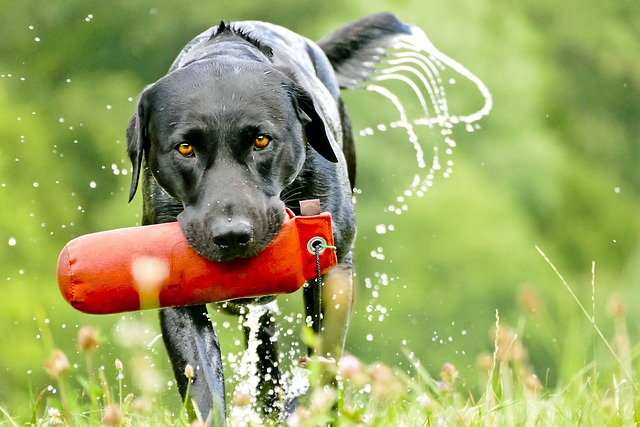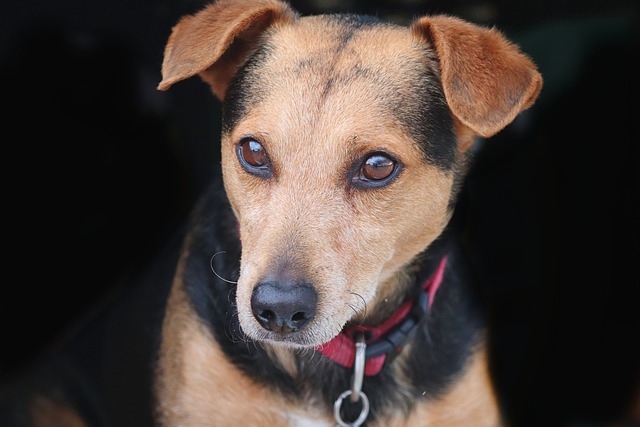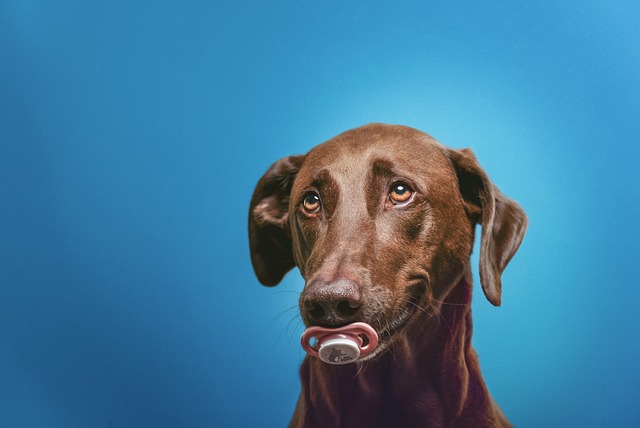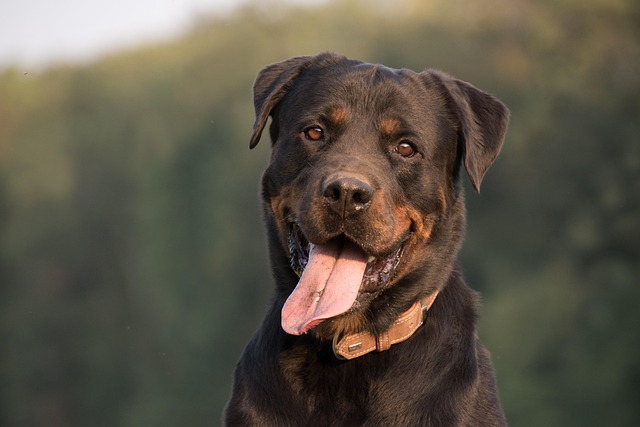
Does dog plaque powder really work
Does dog plaque powder really work? This is a question many new dog owners in Europe and the US, especially in the US, often ask.
Trying to give your dog liquid medicine with a syringe can feel like a tiny battle—especially if you’re new to pup parenting. Maybe it’s 2 a.m., your dog’s sneezing won’t stop, and the vet sent home a bottle of pink syrup. You hold the syringe, they eye it like it’s a threat, and suddenly you’re both tense. It doesn’t have to be this way, though. With a little patience and the right approach, even fidgety pups can learn to take their meds without the drama.
Dogs have a natural instinct to avoid strange objects near their mouths, which is why brute force never works. Their throats are positioned differently than ours, too—sharper angles mean forcing liquid can lead to coughing or even choking. Using a syringe, when done gently, lets you control the flow, making sure the medicine goes where it needs to without overwhelming them. Think of it like sipping a drink through a straw versus chugging from a cup—slow and steady wins.
 Start by prepping the space. If your dog’s skittish, ask a friend to help steady them (a gentle hold around the chest, not the neck). Draw the liquid medicine into the syringe, pushing out any air bubbles—those can make them sputter. Warm the medicine slightly in your hand if it’s cold; room temperature feels less foreign. Let them sniff the syringe first—curiosity often beats fear, and a quick lick of peanut butter on the tip can turn suspicion into interest.
Start by prepping the space. If your dog’s skittish, ask a friend to help steady them (a gentle hold around the chest, not the neck). Draw the liquid medicine into the syringe, pushing out any air bubbles—those can make them sputter. Warm the medicine slightly in your hand if it’s cold; room temperature feels less foreign. Let them sniff the syringe first—curiosity often beats fear, and a quick lick of peanut butter on the tip can turn suspicion into interest.
When it’s time to administer, tilt their head up just a little—too far, and they’ll gag. Slip the syringe’s tip into the side of their mouth, behind the front teeth where the cheeks are soft. Squeeze slowly, letting them swallow between squirts. If they pull back, pause. Rushing increases the chance they’ll spit it out, and that’s a waste of both medicine and trust.
Reward instantly after—whether it’s a favorite treat, a belly rub, or five minutes of fetch. Positive reinforcement isn’t just a buzzword; it’s how dogs learn that “syringe time” leads to good things. Last week, a new pup parent in my building tried this with her nervous beagle: after three days of treats post-medicine, he started nuzzling the syringe on his own.
Never hold a dog’s muzzle shut or force their head back—that’s not just stressful, it violates the trust that makes all care easier. In many places, animal welfare guidelines emphasize minimizing fear during care, and for good reason: a scared dog is more likely to snap, and no medicine is worth that. If you’re in an apartment, keep the mood calm—yelling or struggling can ruffle neighbors, and a relaxed pup is quieter, too.
With practice, giving your dog liquid medicine with a syringe becomes just another part of your routine. It’s not about being perfect; it’s about being patient. Your dog can sense when you’re stressed, so take a breath, keep it slow, and let them know you’ve got their back—even when the syringe comes out.

Does dog plaque powder really work? This is a question many new dog owners in Europe and the US, especially in the US, often ask.

from a whiff that smells like a dumpster behind a seafood shack, you know the struggle. Stinky dog breath isn’t just a nuisance—it’s a sign their mouth needs a little help.

That moment your excited pup greets you with a yawn that smells like old garbage and wet socks – it’s enough to make anyone recoil.

How do I relieve my dog's fever? It’s a question that makes any new pet parent’s heart race. You notice your pup is listless, avoiding their food bowl, and their ears feel warmer than usual—little signs that something’s off.

How long does a dog take to get rid of parvo? For new pet parents, few diagnoses spark more panic than this—imagining your playful pup suddenly lethargic, refusing meals, or struggling with diarrhea.

What to feed a dog with dental pain? Picture this: You set down your pup’s usual kibble, and instead of diving in, they sniff it, back away, and whimper softly.